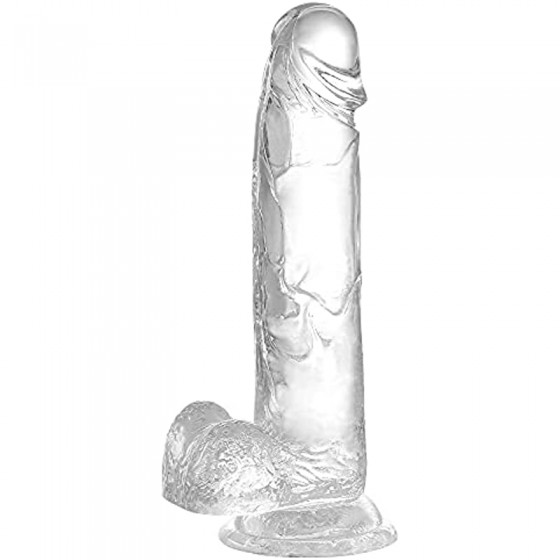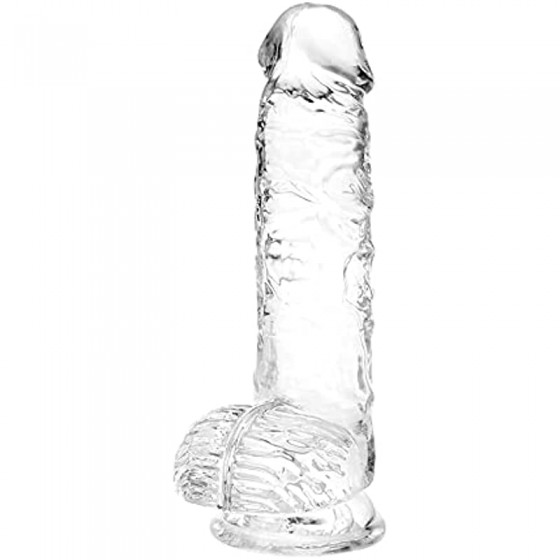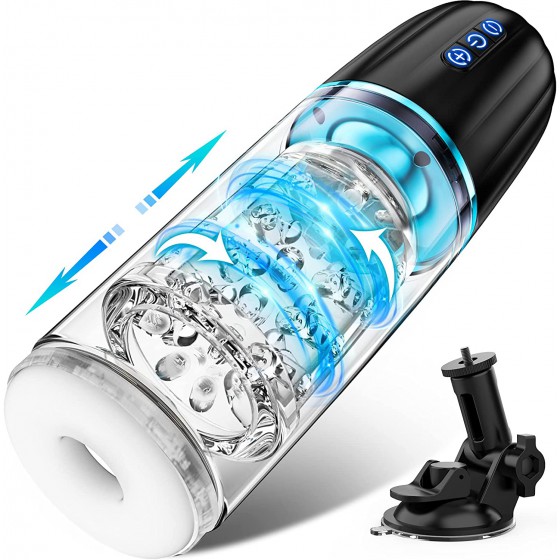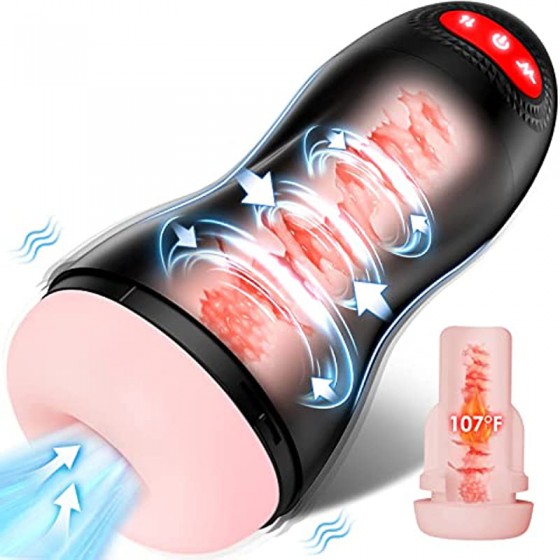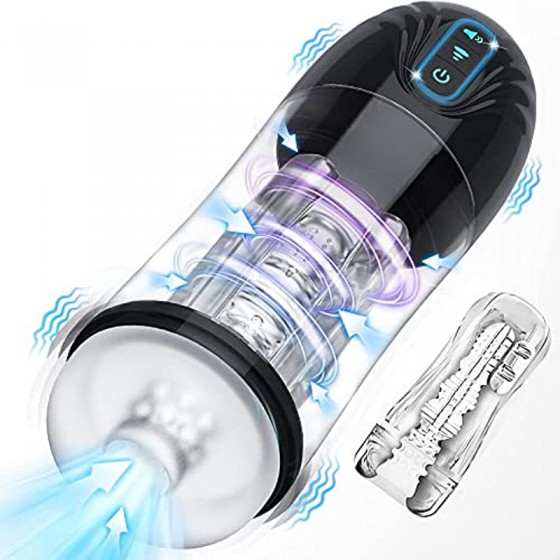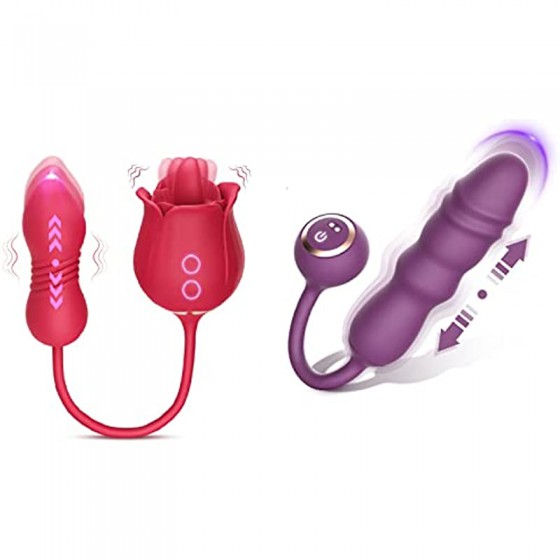What harm will uterine fibroids cause? How to treat it?
Uterine fibroids, also known as uterine leiomyomas, are the most common benign tumors of the female genitalia. They can appear alone or in multiple places at the same time, and most people are asymptomatic.
Some patients will also have the following clinical manifestations:
1. Menstrual changes
Menstrual changes are the most common manifestation of uterine fibroids. Patients may have symptoms such as shortened menstrual cycles, increased menstrual flow, and prolonged menstrual periods. Some patients may also experience irregular vaginal bleeding.
2. Symptoms of oppression
Some patients may experience compression symptoms, such as fibroids growing forward or backward, which can compress the bladder, urethra or rectum, causing frequent urination, difficulty urinating, urinary retention or constipation; fibroids growing to both sides form broad ligament fibroids. Compressing the ureters can cause hydroureteral or pyelidal hydronephrosis; if fibroids compress pelvic blood vessels and lymphatic vessels, they can cause edema of the lower limbs.
3. Abdominal pain
Patients generally present with symptoms such as distension in the lower abdomen and soreness in the lower back, and most of them have no abdominal pain. However, when the fibroid pedicle is torsion, the patient may experience acute abdominal pain; when the fibroid undergoes red degeneration, the patient may present with severe abdominal pain accompanied by fever.
4. Infertility
Submucosal fibroids can affect the implantation of a fertilized egg or cause early miscarriage; larger intramural fibroids can cause mechanical obstruction or uterine cavity deformation, which can also affect the implantation of a fertilized egg or cause early miscarriage.
What causes uterine fibroids?
1. Obesity
In recent years, studies have found that obesity is positively correlated with the incidence of uterine fibroids. And every 10kg increase in a woman's weight can increase the risk of uterine fibroids by 21%, or every 1 unit increase in body mass index can increase the risk of uterine fibroids by 6%.
2. Age
Late childbearing age is often considered a high-risk age for the development of uterine fibroids.
This age is usually around 40 years old and close to perimenopause. During this period, there may be ovarian ovulation dysfunction, and it may also be the result of the accumulation of estrogen and progesterone in women for 20 to 30 years during this period.
3. Oral contraceptives
Current research has found that whether oral contraceptives can increase the incidence of uterine fibroids mainly depends on the estrogen and progesterone components of oral contraceptives.
If it is an oral contraceptive containing high-efficiency and high-dose progesterone, it can reduce the incidence of uterine fibroids; on the contrary, it can increase the incidence of uterine fibroids.
If oral contraceptives are used at an earlier age (






